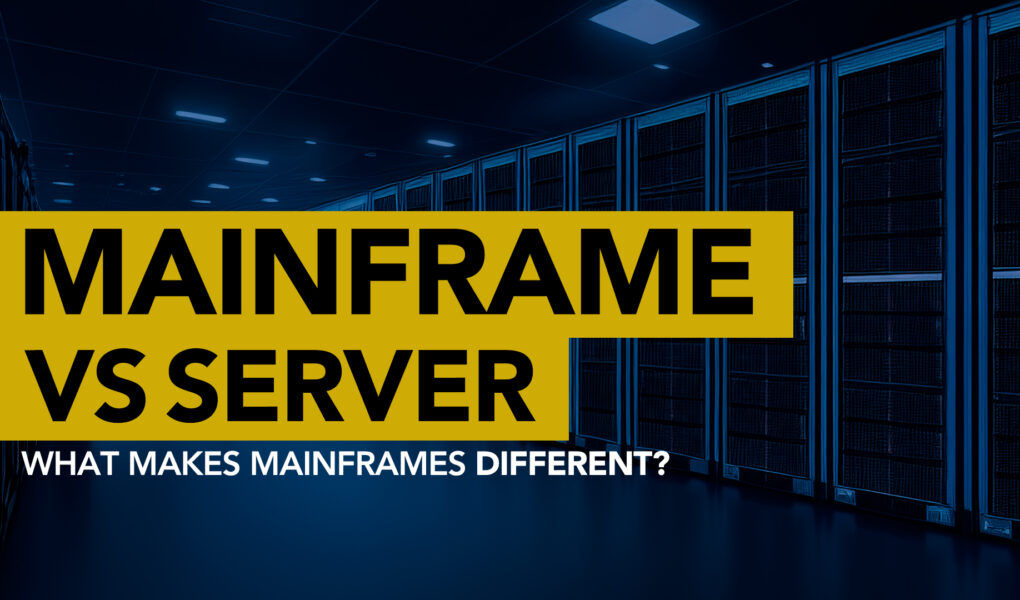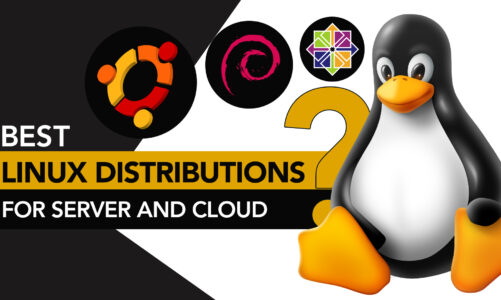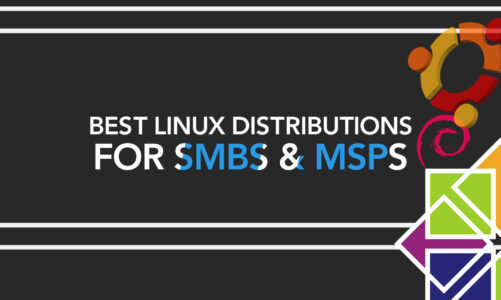When it comes to enterprise computing, two primary options come to mind: mainframe computers and server computers. Although each possesses distinct pros and cons, grasping the main distinctions between them is essential when determining the most suitable option for your organization. In this article, we will explore the distinctions between mainframes and servers, delving into their details, pros, cons, and key differences.
Mainframe Computers
Mainframe computers, also known as big iron, are large-scale, high-performance computing systems designed for processing vast amounts of data and handling numerous simultaneous users. Mainframes have been around since the 1950s, with IBM being one of the pioneering companies in this field. They have evolved over time and are still in use today, predominantly in industries like banking, insurance, and government organizations.
Pros
- Mainframes possess the capacity to manage immense quantities of data and accommodate thousands of concurrent users.
- Known for their exceptional uptime.
- Have built-in security features, making them ideal for handling sensitive data.
- Designed to handle high-volume transaction processing, making them well-suited for large enterprises.
Cons
- Mainframes are expensive to purchase, maintain, and upgrade.
- The mainframe environment is complex and requires specialized skills to manage.
- May not support the latest technologies or software applications as quickly as server-based systems.
Server Computers
Server computers are computing systems designed to manage network resources, store data, and provide services to clients or end-users. Servers have been in existence since the 1990s and have evolved into various forms, such as file servers, database servers, web servers, and application servers. They can be deployed as standalone systems, clusters, or in cloud environments.
Pros
- Servers typically cost less than mainframes, rendering them more affordable for companies across various scales.
- Servers offer a wide range of hardware and software options, allowing organizations to tailor their systems to meet specific needs.
- Server environments are typically easier to manage and maintain than mainframes.
Cons
- Servers may not scale as efficiently as mainframes, especially when it comes to high-volume transaction processing.
- Servers are generally less reliable than mainframes, with lower uptime percentages.
Mainframe vs Server: Key Differences
1: Scalability
Mainframes are designed for massive scalability, capable of supporting thousands of simultaneous users and processing millions of transactions per second. Servers, on the other hand, may struggle to scale as efficiently, particularly when it comes to high-volume transaction processing.
2: Reliability and Availability
Mainframes are known for their exceptional reliability and availability, with some systems boasting 99.999% uptime or higher. Servers, although reliable, may not achieve the same level of availability as mainframes. This can be crucial for organizations that require near-constant access to their systems.
3: Security
Mainframes have built-in security features that make them ideal for handling sensitive data, such as encryption and access controls. While servers can also be secured, they may not offer the same level of protection as mainframes, particularly for large enterprises with significant security requirements.
4: Processing Power
Mainframes excel in high-volume transaction processing, making them well-suited for industries like banking and insurance. Servers, while capable of handling a wide range of tasks, may not be as efficient in processing large volumes of transactions as mainframes.
5: Cost
Mainframes are expensive to purchase, maintain, and upgrade. However, their high reliability and performance may justify the investment for certain organizations. Servers are generally more affordable, but their lower reliability and scalability might lead to higher long-term costs for some businesses.
Conclusion
Mainframes and servers each have their own distinct advantages and disadvantages. Mainframes offer unparalleled scalability, reliability, and security, making them ideal for large enterprises with demanding workloads. Servers, on the other hand, provide more flexibility and affordability, making them suitable for a wider range of businesses. By understanding the key differences between these two computing solutions, you can make a more informed selection for your organization.



